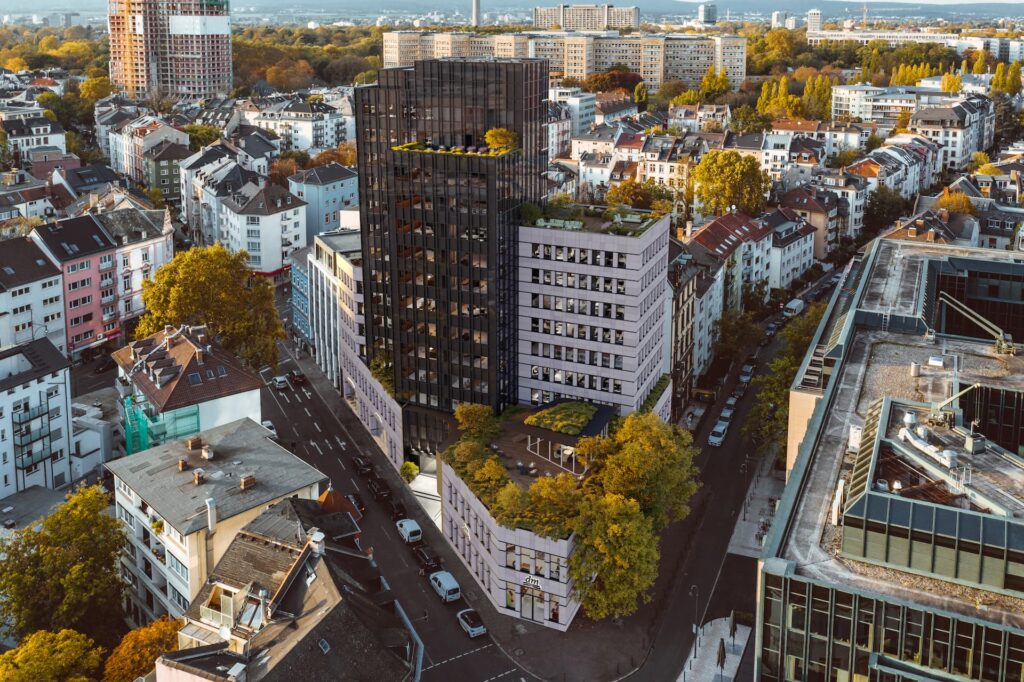The Role of NVIDIA RTX GPUs in Real-Time Architectural Rendering
Architectural rendering has come a long way. Gone are the days when architects had to rely on hand-drawn sketches and 2D designs to visualize their projects. Today, technology has revolutionized the way architects operate, with the advent of 3D modeling and real-time rendering. Among the various technological advancements, NVIDIA RTX GPUs have particularly stood out, playing a pivotal role in real-time architectural rendering. This blog post delves into the role of these powerful GPUs and how they are shaping the architectural industry.
Understanding the Concept of Real-Time Architectural Rendering
Before we delve into the specifics of NVIDIA RTX GPUs, it’s crucial to understand what real-time architectural rendering is and why it has become so important in the architectural industry.
What is Real-Time Architectural Rendering?
Real-time architectural rendering is a process that generates photorealistic images of architectural designs instantly. Unlike traditional rendering methods, which can take hours or even days to produce a single image, real-time rendering does this in a fraction of a second. This rapid rendering capability allows architects and designers to interact with their designs in a much more immersive way than was previously possible.
Why is Real-Time Rendering Important?
Real-time rendering brings a host of benefits to the architectural industry. It allows architects to visualize their designs in 3D, enabling them to spot any potential issues or improvements before construction begins. Additionally, it provides a more engaging way for clients to view and understand the proposed designs, as they can virtually walk through the building and see how it would look from different angles and under different lighting conditions.
## H2: Enhancing Real-Time Architectural Rendering Through NVIDIA RTX GPUs
The Power of Ray Tracing in Real-Time Rendering
NVIDIA RTX GPUs have brought about a revolution in real-time architectural rendering due to their built-in Ray Tracing technology. Ray tracing is a rendering technique that simulates the way light interacts with objects in a realistic environment. This technique can create highly realistic imagery, surpassing what traditional rendering methods can achieve.
With NVIDIA RTX GPUs, architects and designers can now incorporate real-time ray tracing in their workflows. This technology allows them to create photo-realistic visualizations of their designs in real-time, significantly reducing the time and energy spent on rendering.
AI-Powered Denoising for Quicker Outputs
Another incredible feature of NVIDIA RTX GPUs is the AI-powered denoising technology. This technology uses artificial intelligence to eliminate noise from a rendered image, resulting in a clearer and more accurate visualization.
In real-time architectural rendering, this technology can be a game-changer. Traditional rendering methods often require a considerable amount of time to produce noise-free images. However, with NVIDIA’s AI-powered denoising, architects and designers can get clean, high-quality images in a fraction of the time, enabling quicker decision-making and a more efficient design process.
NVIDIA RTX GPUs and Virtual Reality (VR)
Realistic VR Experiences through High-Performance GPUs
Virtual Reality (VR) is becoming increasingly popular in the field of architecture. It allows architects and clients to step into their designs and experience them in a fully immersive way. However, creating a smooth and realistic VR experience requires a high degree of graphical power.
NVIDIA RTX GPUs, with their high-performance capabilities, make it possible to render complex architectural models in VR. They can handle the heavy graphical requirements of VR, delivering high-resolution images at fast rates. This makes a VR tour of a planned architectural project not just possible, but also a highly realistic and immersive experience.
The role of NVIDIA RTX GPUs in real-time architectural rendering is becoming increasingly important. Their capabilities in ray tracing, AI-powered denoising, and VR rendering are revolutionizing the way architects and designers work, ultimately contributing to more efficient workflows and more impressive visual outputs.## H2: Enhancing Real-Time Architectural Rendering Through NVIDIA RTX GPUs
The Power of Ray Tracing in Real-Time Rendering
NVIDIA RTX GPUs have brought about a revolution in real-time architectural rendering due to their built-in Ray Tracing technology. Ray tracing is a rendering technique that simulates the way light interacts with objects in a realistic environment. This technique can create highly realistic imagery, surpassing what traditional rendering methods can achieve.
With NVIDIA RTX GPUs, architects and designers can now incorporate real-time ray tracing in their workflows. This technology allows them to create photo-realistic visualizations of their designs in real-time, significantly reducing the time and energy spent on rendering.
AI-Powered Denoising for Quicker Outputs
Another incredible feature of NVIDIA RTX GPUs is the AI-powered denoising technology. This technology uses artificial intelligence to eliminate noise from a rendered image, resulting in a clearer and more accurate visualization.
In real-time architectural rendering, this technology can be a game-changer. Traditional rendering methods often require a considerable amount of time to produce noise-free images. However, with NVIDIA’s AI-powered denoising, architects and designers can get clean, high-quality images in a fraction of the time, enabling quicker decision-making and a more efficient design process.
NVIDIA RTX GPUs and Virtual Reality (VR)
Realistic VR Experiences through High-Performance GPUs
Virtual Reality (VR) is becoming increasingly popular in the field of architecture. It allows architects and clients to step into their designs and experience them in a fully immersive way. However, creating a smooth and realistic VR experience requires a high degree of graphical power.
NVIDIA RTX GPUs, with their high-performance capabilities, make it possible to render complex architectural models in VR. They can handle the heavy graphical requirements of VR, delivering high-resolution images at fast rates. This makes a VR tour of a planned architectural project not just possible, but also a highly realistic and immersive experience.
The role of NVIDIA RTX GPUs in real-time architectural rendering is becoming increasingly important. Their capabilities in ray tracing, AI-powered denoising, and VR rendering are revolutionizing the way architects and designers work, ultimately contributing to more efficient workflows and more impressive visual outputs.





